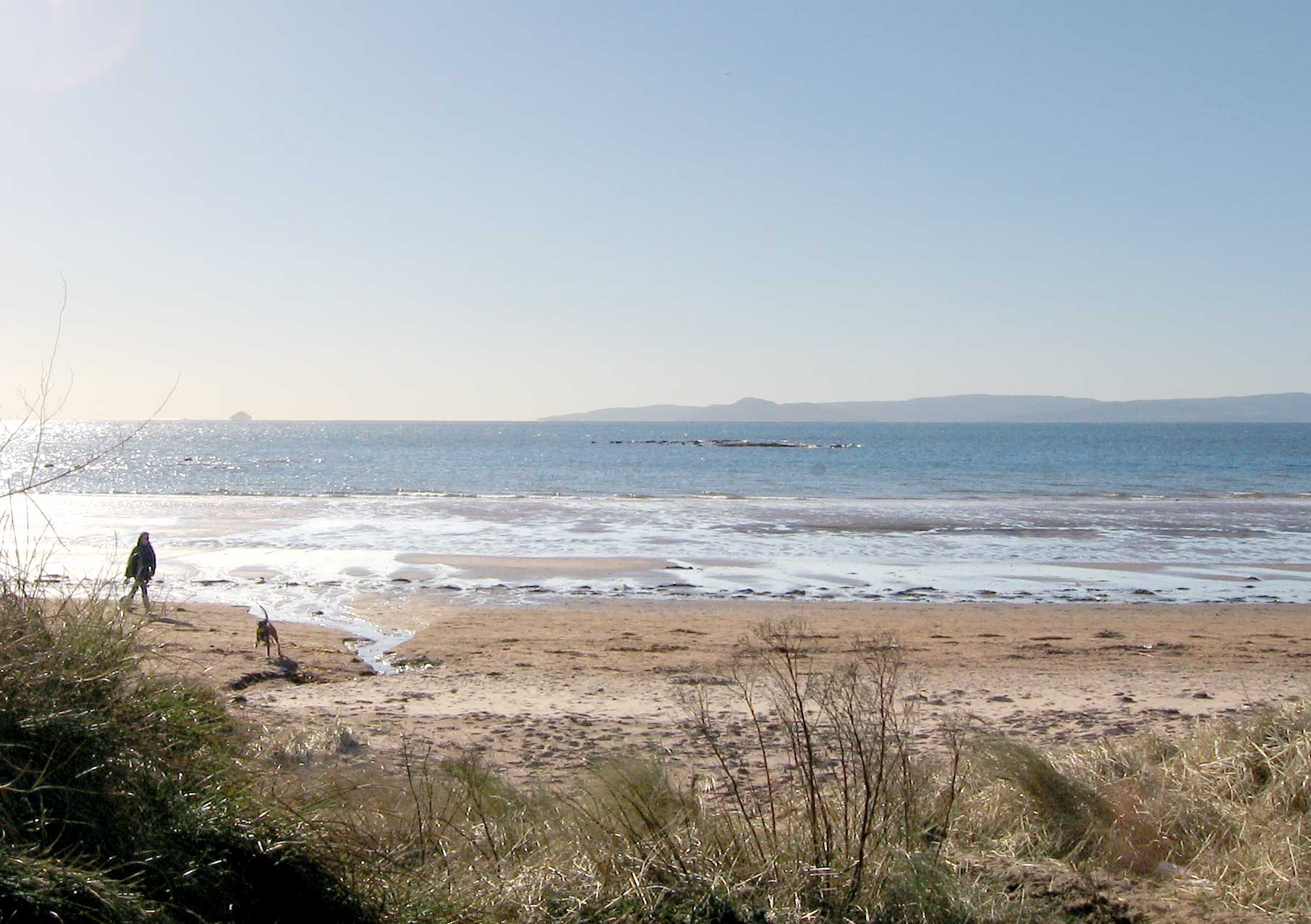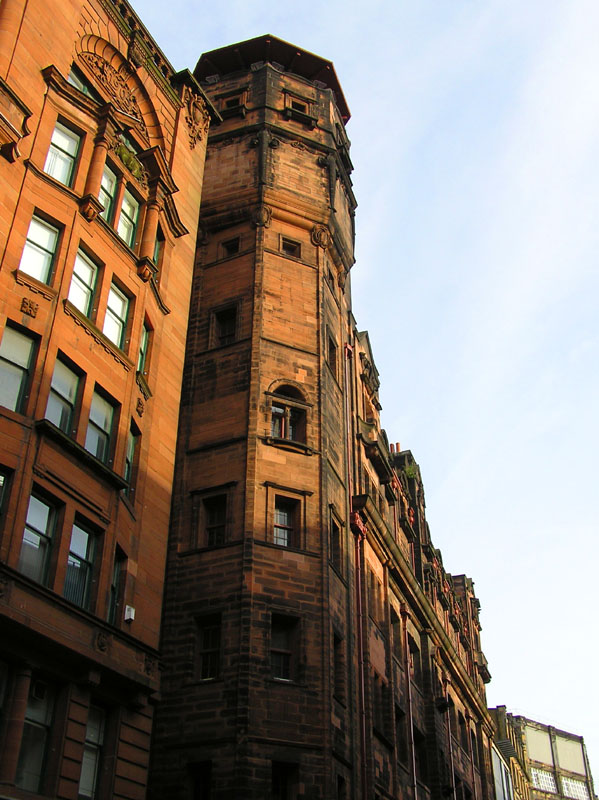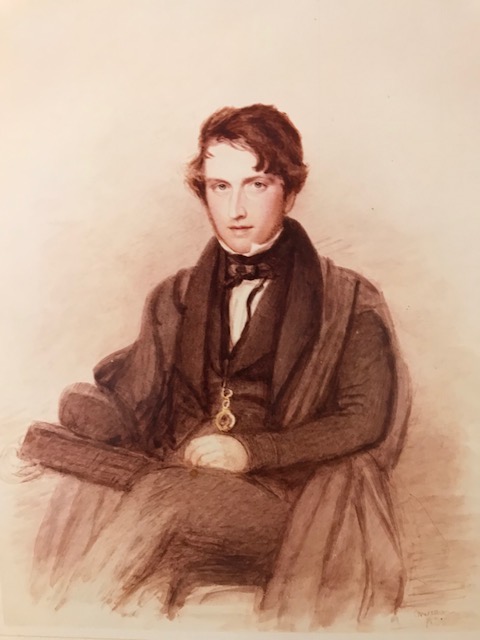|
Mairi Hedderwick
Mairi Hedderwick (born 2 May 1939) is a Scottish illustrator and author, known for the ''Katie Morag'' series of children's picture books set on the Isle of Struay, a fictional counterpart of the inner Hebridean island of Coll where Hedderwick has lived at various times for much of her life. She has also written several books of travel writing for adults, and is the illustrator of a range of Hebridean stationery. Life Mairi Crawford Lindsay was born in Gourock on 2 May 1939,Hedderwick, Mairi 1939– '''', |
Mairi Hedderwick At Wishaw Library, 2007
Mairi may refer to: Given name Mairi or Màiri is a given name, a Scottish Gaelic form of Mary. Notable people with this name include: *Mairi MacEwan, (born 2003) Scottish dancer from Aberdeen *Mairi Campbell, Scottish singer and musician * Mairi Chisholm (1896–1981), Scottish nurse and ambulance driver in the First World War *Mairi Hedderwick (born 1939), Scottish illustrator and author * Màiri McAllan, Scottish politician and Member of the Scottish Parliament for Clydesdale * Màiri Anna Nic Leòid (English: Mary Anne Macleod), mother of 45th President of the United States Donald Trump Other uses *Mairi, Bahia, municipality in Brazil See also *Mhairi Mhairi or Mhàiri is a Scottish female given name, ultimately derived from the name Mary. Etymologically, it is an erroneous form, based on the Scottish Gaelic vocative form ''a Mhàiri'' (pronounced ), from the nominative ''Màiri'' . In Scottish ..., variant of the given name * Mairu, creatures of Basque mythology {{dis ... [...More Info...] [...Related Items...] OR: [Wikipedia] [Google] [Baidu] |
Firth Of Clyde
The Firth of Clyde is the mouth of the River Clyde. It is located on the west coast of Scotland and constitutes the deepest coastal waters in the British Isles (it is 164 metres deep at its deepest). The firth is sheltered from the Atlantic Ocean by the Kintyre peninsula, which encloses the outer firth in Argyll and Ayrshire. The Kilbrannan Sound is a large arm of the Firth of Clyde, separating the Kintyre Peninsula from the Isle of Arran. Within the Firth of Clyde is another major island – the Isle of Bute. Given its strategic location at the entrance to the middle and upper Clyde, Bute played a vital naval military role during World War II. Geography At its entrance, the firth is about wide. At one area in its upper reaches, it is joined by Loch Long and the Gare Loch. This area includes the large anchorage off of Greenock that is known as the Tail of the Bank. (The “Bank” is a reference to the sandbank and shoal that separates the firth from the estuary o ... [...More Info...] [...Related Items...] OR: [Wikipedia] [Google] [Baidu] |
Glasgow Herald
''The Herald'' is a Scottish broadsheet newspaper founded in 1783. ''The Herald'' is the longest running national newspaper in the world and is the eighth oldest daily paper in the world. The title was simplified from ''The Glasgow Herald'' in 1992. Following the closure of the ''Sunday Herald'', the ''Herald on Sunday'' was launched as a Sunday edition on 9 September 2018. History Founding The newspaper was founded by an Edinburgh-born printer called John Mennons in January 1783 as a weekly publication called the ''Glasgow Advertiser''. Mennons' first edition had a global scoop: news of the treaties of Versailles reached Mennons via the Lord Provost of Glasgow just as he was putting the paper together. War had ended with the American colonies, he revealed. ''The Herald'', therefore, is as old as the United States of America, give or take an hour or two. The story was, however, only carried on the back page. Mennons, using the larger of two fonts available to him, put it in ... [...More Info...] [...Related Items...] OR: [Wikipedia] [Google] [Baidu] |
Pat Gerber
Pat Gerber (17 March 1934 in Glasgow – 26 August 2006 in Glasgow) was a Scottish writer and author mainly known for her children's books. She wrote several children books, including: ''Volume of Clowns: Children's Poems on the Circus'' (1990), ''The Ghost of Glenmellish'' (2001), ''Stranger on the River'' (2002), and ''To Catch a Thief'' (2003). She also wrote a fiction book, ''Adventures on Cairngorm'' (2002) and two adult books: ''Maiden Voyage: Explorations'' (1992) and ''Search for the Stone of Destiny'' (1997). She was the writer of a travel guide to Scotland Scotland (, ) is a country that is part of the United Kingdom. Covering the northern third of the island of Great Britain, mainland Scotland has a border with England to the southeast and is otherwise surrounded by the Atlantic Ocean to the ..., called ''Outdoors Scotland'' (2000), as well. References * {{DEFAULTSORT:Gerber, Pat 1934 births 2006 deaths British women travel writers Scottis ... [...More Info...] [...Related Items...] OR: [Wikipedia] [Google] [Baidu] |
Wester Ross
Wester Ross () is an area of the Northwest Highlands of Scotland in the council area of Highland. The area is loosely defined, and has never been used as a formal administrative region in its own right, but is generally regarded as lying to the west of the main watershed of Ross (the eastern part of Ross being Easter Ross), thus forming the western half of the county of Ross and Cromarty. The southwesternmost part of Ross and Cromarty, Lochalsh, is not considered part of Wester Ross by the local tourist organisation, ''Visit Wester Ross'', but is included within the definition used for the Wester Ross Biosphere Reserve.Wester Ross Biosphere Reserve Application. p. 2. Wester Ross has one of the lowest population densities in Europe, with just 1.6 people per km2, who live mostly in small crofting townships along the coastline of the region. The area is renowned for the scenic splendour of its mountains and coastline, and the range of wildlife that can be seen. It is a popular ... [...More Info...] [...Related Items...] OR: [Wikipedia] [Google] [Baidu] |
Applecross
Applecross ( gd, A' Chomraich) is a peninsula north-west of Kyle of Lochalsh in the council area of Highland, Scotland. The name Applecross is at least 1,300 years old and is ''not'' used locally to refer to the 19th century village (which is correctly called 'Shore Street', or simply 'The Street') with the Applecross Inn, lying on the Applecross Bay, facing the Inner Sound, on the opposite side of which lies the Inner Hebridean island of Raasay. The monastery of Applecross was established by St Maelrubha, in the 7th century. A sculptured stone is the only remaining relic of Maelrubha, who built a chapel there. The Applecross peninsula ( gd, A' Chomraich, 'The Sanctuary') is a peninsula in Wester Ross, Highland, on the north west coast of Scotland. Geography This row of houses which is often referred to as 'Applecross', and is marked as Applecross on some maps, is actually called 'Shore Street' and is referred to locally just as 'The Street'. The name Applecross applies to ... [...More Info...] [...Related Items...] OR: [Wikipedia] [Google] [Baidu] |
Jordanhill College Of Education
Jordanhill Campus is an historic estate within the boundaries of Jordanhill, Glasgow, Scotland, which developed as a country estate. It is best known and most recently used as the home to the Faculty of Education of the University of Strathclyde. Empty since 2012, after all previous educational activities were moved to the John Anderson Campus, the site which includes the Grade B listed David Stow building, is now up for sale with "minded to approve" planning permission for up to 364 new homes across 12 plots. History Jordanhill Estate:1546-1913 Crawfords of Jordanhill In 1546 Lawrence Crawford of Kilbirnie founded a chaplainry at Drumry, and to sustain it endowed it with the freehold ownership of land at Jordanhill, which then accumulated rent at a rate of £5 per annum. His sixth son Thomas Crawford was a soldier who led the 1571 capture of Dumbarton Castle, who had previously acquired the lands at Jordanhill from the chaplain of Drumry in 1562. There he built a house, ... [...More Info...] [...Related Items...] OR: [Wikipedia] [Google] [Baidu] |
Mid Argyll
Argyll (; archaically Argyle, in modern Gaelic, ), sometimes called Argyllshire, is a historic county and registration county of western Scotland. Argyll is of ancient origin, and corresponds to most of the part of the ancient kingdom of on Great Britain. Argyll was also a medieval bishopric with its cathedral at Lismore, as well as an early modern earldom and dukedom, the Dukedom of Argyll. It borders Inverness-shire to the north, Perthshire and Dunbartonshire to the east, and—separated by the Firth of Clyde—neighbours Renfrewshire and Ayrshire to the south-east, and Buteshire to the south. Between 1890 and 1975, Argyll was an administrative county with a county council. Its area corresponds with most of the modern council area of Argyll and Bute, excluding the Isle of Bute and the Helensburgh area, but including the Morvern and Ardnamurchan areas of the Highland council area. There was an Argyllshire constituency of the Parliament of Great Britain then Parlia ... [...More Info...] [...Related Items...] OR: [Wikipedia] [Google] [Baidu] |
Books For Keeps
''Books for Keeps'' is a British online magazine covering children's books.''International Companion Encyclopedia of Children's Literature'' Peter Hunt (ed.) pp. 435, 202 The magazine launched in 1980 and includes books reviews, author interviews, and articles. The ''Books for Keeps'' website says it includes more than 12,500 reviews and more than 2,000 articles and interviews and quotes as saying it is "the most important periodical in the world of British children's books." The headquarters of the magazine is in |
Ceramic Art
Ceramic art is art made from ceramic materials, including clay. It may take forms including artistic pottery, including tableware, tiles, figurines and other sculpture. As one of the plastic arts, ceramic art is one of the visual arts. While some ceramics are considered fine art, such as pottery or sculpture, most are considered to be decorative, industrial or applied art objects. Ceramics may also be considered artefacts in archaeology. Ceramic art can be made by one person or by a group of people. In a pottery or ceramic factory, a group of people design, manufacture and decorate the art ware. Products from a pottery are sometimes referred to as "art pottery". In a one-person pottery studio, ceramists or potters produce studio pottery. The word "ceramics" comes from the Greek ''keramikos'' (κεραμεικός), meaning "pottery", which in turn comes from ''keramos'' (κέραμος) meaning "potter's clay". Most traditional ceramic products were made ... [...More Info...] [...Related Items...] OR: [Wikipedia] [Google] [Baidu] |
Mural Painting
A mural is any piece of graphic artwork that is painted or applied directly to a wall, ceiling or other permanent substrate. Mural techniques include fresco, mosaic, graffiti and marouflage. Word mural in art The word ''mural'' is a Spanish adjective that is used to refer to what is attached to a wall. The term ''mural'' later became a noun. In art, the word mural began to be used at the beginning of the 20th century. In 1906, Dr. Atl issued a manifesto calling for the development of a monumental public art movement in Mexico; he named it in Spanish ''pintura mural'' (English: ''wall painting''). In ancient Roman times, a mural crown was given to the fighter who was first to scale the wall of a besieged town. "Mural" comes from the Latin ''muralis'', meaning "wall painting". History Antique art Murals of sorts date to Upper Paleolithic times such as the cave paintings in the Lubang Jeriji Saléh cave in Borneo (40,000-52,000 BP), Chauvet Cave in Ardèche departmen ... [...More Info...] [...Related Items...] OR: [Wikipedia] [Google] [Baidu] |








